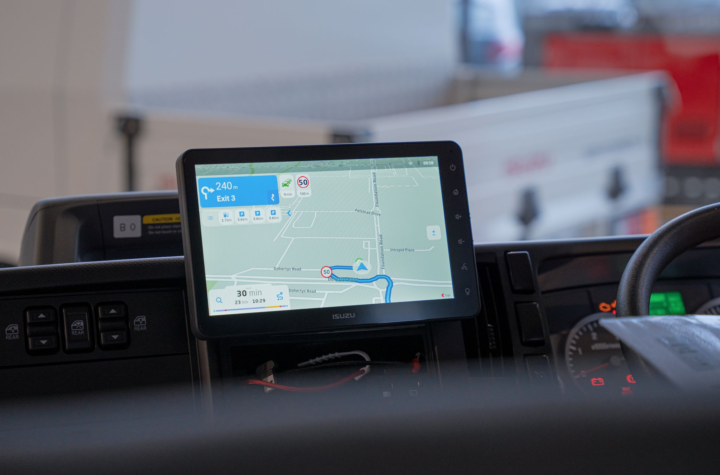
A patent pending technology for recovering oil from shale, sands, otherwise depleted oil wells and even old tires holds promise for broad use with favorable economics. This is the position of Frank Pringle, CEO of Mobile Stream Oil(MSO), Inc., West Berlin, NJ.
As one example of what his firm’s method can achieve at modest cost, Pringle says that the combined total heavy oil remaining in US oil wells (not already recovered by conventional methods) potentially represents 20 million bbl. per day for 20 years. This, says Pringle, is in addition to the larger potential supply in North. America from shale and tar sands also recoverable by the MSO method..
Pringle explains that the combined use of specific microwave heating frequencies , vacuum, special software and a small amount of additive, can release heavy oil through vaporization at an operating cost of about $8/bbl. He says this cost is about the same for oil in old wells, shale, tar sands and some other sources. He says the method does not require process water and will be discussed in a technical paper scheduled for presentation at the International Microwave Power Institute meeting in Boston on August 10, 2006
MSO recently released a statement in which the firm says it has, “ already begun running tests on several samples of oil shale, oil sands and slurry oil provided by several of the world’s leading oil and gas companiesâ€. MSO says, “The tests are being run on a long-awaited laboratory fractionalizing unit at its New Jersey headquarters and that these tests will mirror the results the company anticipates in its impending full scale unitâ€. Earlier lab verification of the system indicated that the weight of samples of an oil bearing material, for instance, was reduced 60% by vaporization of its oil. “This is several times the recovery rate from the same material by conventional meansâ€, says Pringle..Asked how vacuum conditions are maintained below ground level, Pringle says “that and the additive we use are proprietaryâ€.
Pringle is particularly interested in recovering hydrocarbons from heavy oil remaining in Pennsylvania wells since it is at a depth of only about 1000 feet. This is historically interesting since the first oil discovered in the US in the mid 1800s was found in the State. A challenge for all interests, however, will be the question of how to optimize vehicle fuel efficiency and not consider new energy supply an excuse for continued wasteful practices.
As an additional factor, MSO is now seeking the needed permits to build a $30 million plant in Pennsylvania for recovery of oil and carbon black from used tires based on the firms heating/vacuum/ additive method. Pringle says the expected profit earned from sales of these materials will pay for the plant in little more than one year. He says the plant will process 10 million tires per year from which 270,000 bbl of oil and 75 million pounds of carbon black are expected. He says that on average one used tire is created per person per year in the US
Asked for his view of this, Michael Blumenthal, Senior Technical Director of the Rubber Manufacturer’s Association says that about half of the 300 million annual used tire supply is burned as low cost fuel, 10% goes to landfills and the balance mostly into various uses as large and small pieces, also at very low cost.. Blumenthal says that while pyrolytic (chemical change via heat) processing of tires has not been successful in the past he will be interested to know the details of the MSO technology.
Mr. Pringel says the MSO technology operates at about half the temperature of typical pyrolytic systems and has produced experimental quantities of oil from used tires that tested normally as fuel in a conventional light truck diesel engine.














More Stories
Huntsman Polyurethanes introduces a new range of polyurethane-based products developed for battery enclosures, battery cell potting and underfloor protection
Lakshmi Prasad Bhatta on the quest for zero road deaths
NXP accelerates the development of software defined vehicles with new family of Ethernet switches